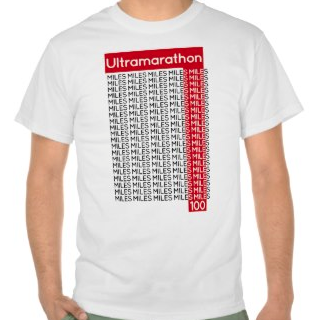
( 2004) especially focused on running results and both predicted that women would outrun men in the future.

Only in 1972, women were officially accepted to compete in the ‘Boston Marathon’ ( Once women were admitted to marathon running, the comparison of sex differences in marathon running started to attract scientific interest. For example, women were considered too weak to compete in running competitions in the Olympic Games well into the twentieth century ( When Kathrine Switzer competed in 1967 in the ‘Boston Marathon’ as the first woman ever to run an official marathon, she pretended to be a man to be able to run in the race ( Although she finished the race in 4:20 h:min well ahead of many men, the organizer of ‘Boston Marathon’ tried to remove her from the race.

Nowadays, women compete in the same endurance and ultra-endurance sports disciplines as men. The comparison of endurance performance between sexes has been a main topic of scientific research for decades (Lepers et al. In summary, between 19, women were able to reduce the gap to men for most of timed ultra-marathons and for those age groups where they had relatively high participation. In all durations of ultra-marathon, the participation of women and men varied by age (p < 0.001), indicating a relatively low participation of women in the older age groups. The men-to-women ratio differed among age groups, where a higher ratio was observed in the older age groups, and this relationship varied by distance. Across calendar years, the gap between women and men decreased in 6, 72, 144 and 240 h, but increased in 24 and 48 h. With increasing age, the sex gap for all race durations increased.

Data of 32,187 finishers competing between 19 with 93,109 finishes were analysed using multiple linear regression analyses.

The aim of the present study was to examine sex differences across years in performance of runners in ultra-marathons lasting from 6 h to 10 days (i.e.


 0 kommentar(er)
0 kommentar(er)
